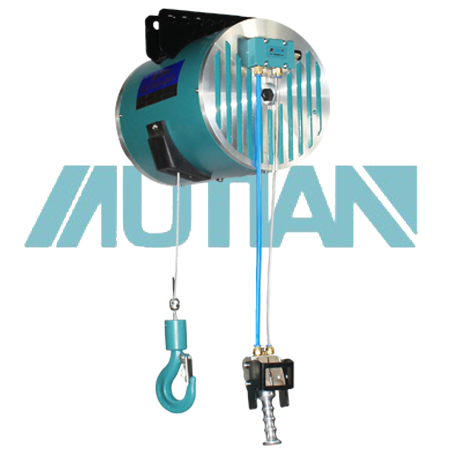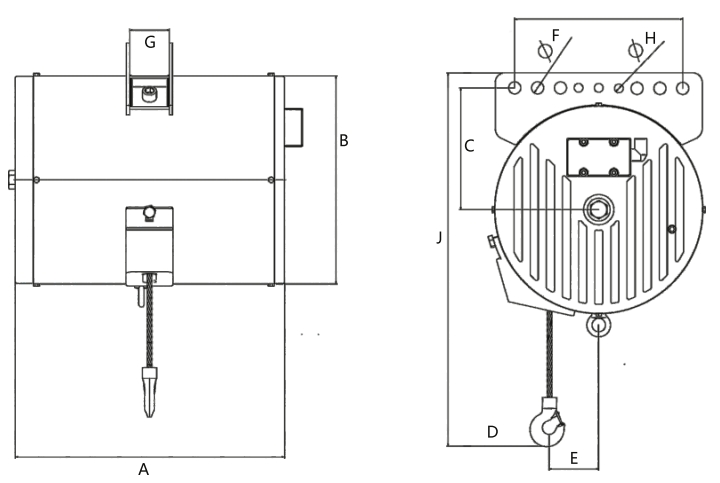 中文版
中文版



Welcome to contact us by phone:0086-0312-7969888
The internal structure of a pneumatic balancer can vary depending on the specific design and manufacturer, but here is a general overview of the key components commonly found in these devices:
Housing/Frame:
The outer structure that encases and supports the internal components.
Designed to be durable and provide stability during operation.
Pneumatic Cylinder:
The central component responsible for generating the force needed to balance the load.
It contains a piston that moves within the cylinder in response to changes in air pressure.
The movement of the piston adjusts the effective length of the balancing arm.
Air Supply System:
Includes components such as valves, hoses, and connectors.
Supplies compressed air to the pneumatic cylinder to create the force required for balancing.
Control Unit:
Contains controls and mechanisms for adjusting the air pressure and flow.
Allows the operator to fine-tune the balance and movement of the load.
May include features like speed control, height adjustment, and safety mechanisms.
Load Attachment Point:
The location where the load is attached to the pneumatic balancer.
Typically equipped with a hook or other attachment mechanism to secure the load.
Brake System (optional):
Some pneumatic balancers include a brake system to hold the load in a fixed position.
This can be useful for precise positioning or when the load needs to be temporarily secured.
Sensors and Feedback Systems (optional):
Advanced pneumatic balancers may incorporate sensors to provide feedback on load position, air pressure, or other relevant parameters.
This information can be used to enhance control and safety features.
Safety Features:
Pneumatic balancers often include safety mechanisms such as overpressure protection, emergency stop buttons, and load limit indicators.
Keep in mind that the specific design and features of pneumatic balancers can vary, and some models may include additional components based on their intended application and functionality. It's important to refer to the manufacturer's documentation for detailed information on a particular pneumatic balancer model.


X